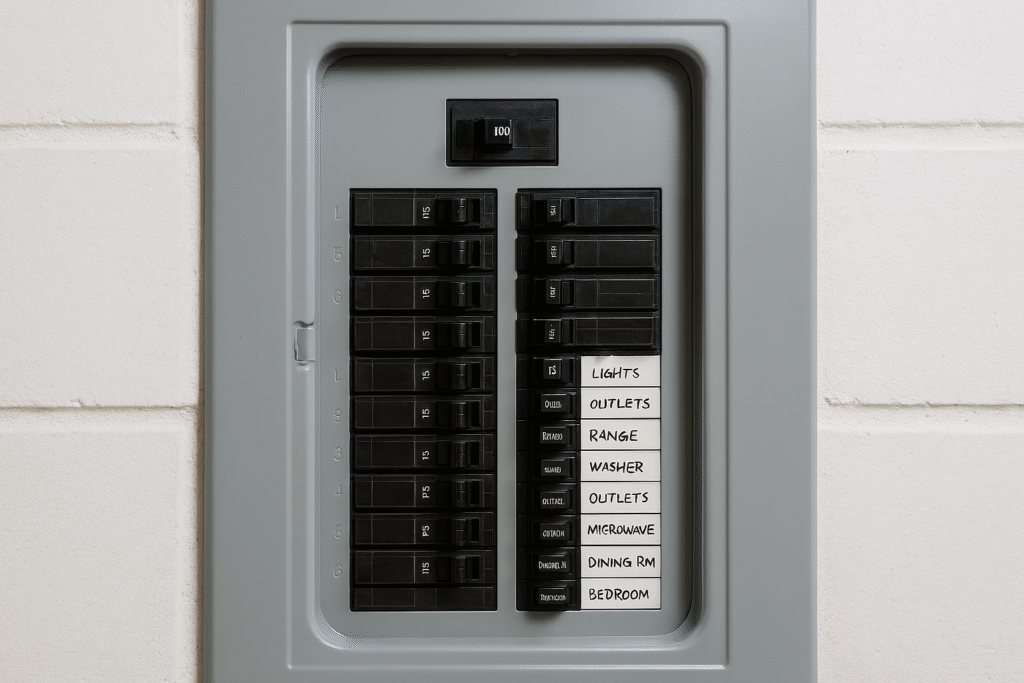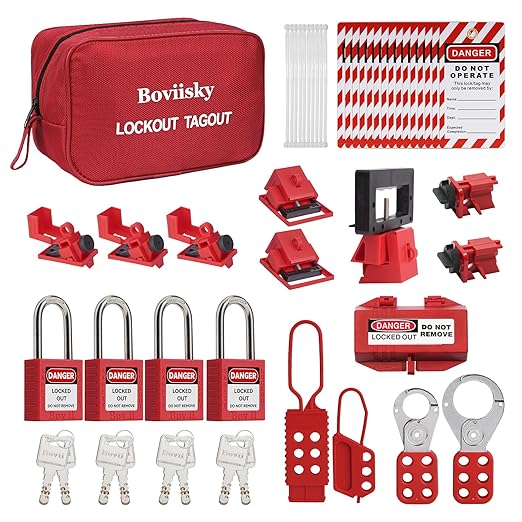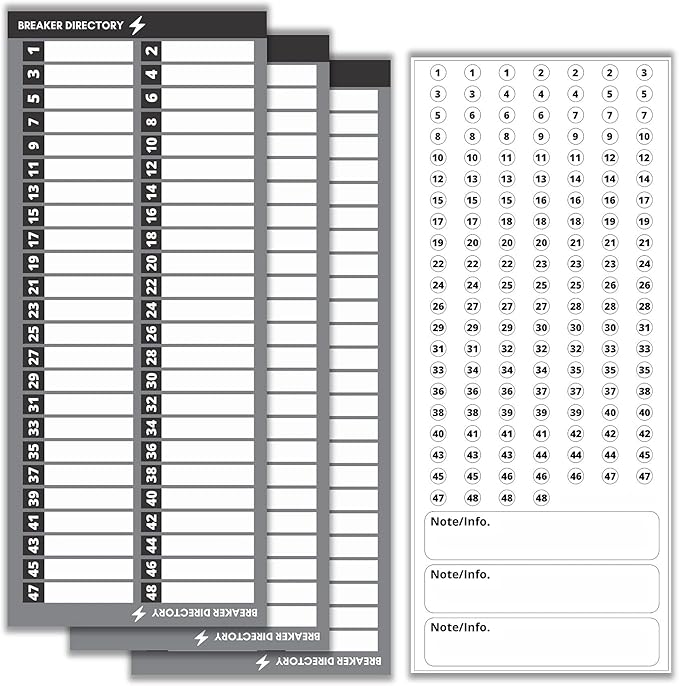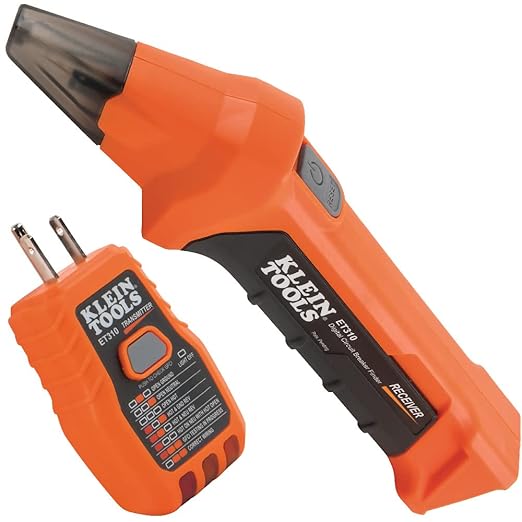Homeowner’s Guide to Electrical Panels and Breaker Boxes

Your home’s breaker box is like the traffic cop of your electrical system—it directs the flow of electricity, keeps circuits from overloading, and makes sure your appliances don’t throw a tantrum every time you flip a switch. Understanding how it works, and how to safely maintain it, can save you time, money, and a few headaches down the road.
What is a Breaker Box?
A breaker box (also called a service panel or distribution panel) is the central hub where electricity from the utility company enters your home and gets divided into circuits. Each circuit powers different parts of your house—like the kitchen, living room, or HVAC system.
Instead of fuses (which need replacing when blown), modern breaker boxes use switches called circuit breakers that automatically trip and shut off power when there’s too much current.
Why It Matters
- Safety first: Breakers prevent overheating, fires, and electrical damage.
- Convenience: One switch can cut power to a room or appliance for safe repairs.
- Expansion: Adding circuits for new appliances, workshops, or additions requires panel space.
Common Types of Breaker Boxes
- Main breaker panels – Control power for the entire house with a main shutoff.
- Sub-panels – Smaller panels that branch off from the main, handy for garages, workshops, or additions.
- Fuse boxes (old school) – Found in older homes; functional but usually worth upgrading for safety.
How to Read Your Breaker Box
- Labels are gold: Each switch should be clearly labeled (e.g., “Kitchen Outlets” or “AC Unit”).
- Single-pole breakers: Control standard 120V circuits—lights, outlets, etc.
- Double-pole breakers: Handle 240V circuits—dryers, ovens, water heaters.
- GFCI and AFCI breakers: Provide extra protection against shocks and electrical fires.
Breaker Box Maintenance Tips
- Keep it accessible (not behind storage piles).
- Check labels for accuracy—test them by flipping breakers off and on.
- Look for signs of trouble: burning smell, buzzing, heat, or frequent tripping.
- Hire a licensed electrician for panel upgrades or major repairs—DIY ends at flipping a breaker, not replacing one.
Recommended Products for Your Breaker Box
If you want to keep your breaker box safe, organized, and homeowner-friendly, here are some tools worth adding to your setup:
Lockout Tagout Kit Electrical Loto- Hasps, Clamp on and Universal Multipole Circuit Breaker Lockouts,4 Loto Safety Padlocks, Tags, Nylon Ties with Pocket Bag, Keyed Different, 7131R
Premium Quality Non-Tearable Vinyl Paper Circuit Breaker Directory Label with Fuse Stickers for Fuse Panel, Marker Sign for Electrical Panel. Strong Adhesive. Up to 48 Entries. House or Commercial Use
ACCURATE CIRCUIT BREAKER IDENTIFICATION: Quickly locate the correct breaker with precision using our circuit breaker finder, ensuring efficient electrical troubleshooting
- Magnetic Work Light – Sticks right to the metal panel cover, giving you hands-free lighting when the power’s out (or when you’re breaker hunting at night).
- GFCI and AFCI Breakers – Upgrade your home’s safety by swapping standard breakers with models designed to protect against shocks and electrical fires.
When to Call an Electrician
- Breakers trip repeatedly without clear cause.
- Lights flicker when large appliances run.
- Panel feels warm or emits unusual sounds.
- You’re out of space and need additional circuits.
Upgrading or repairing a breaker box is not a DIY job—it involves high-voltage connections that can be fatal if mishandled. A professional can assess whether you need a larger panel or modern safety upgrades.


